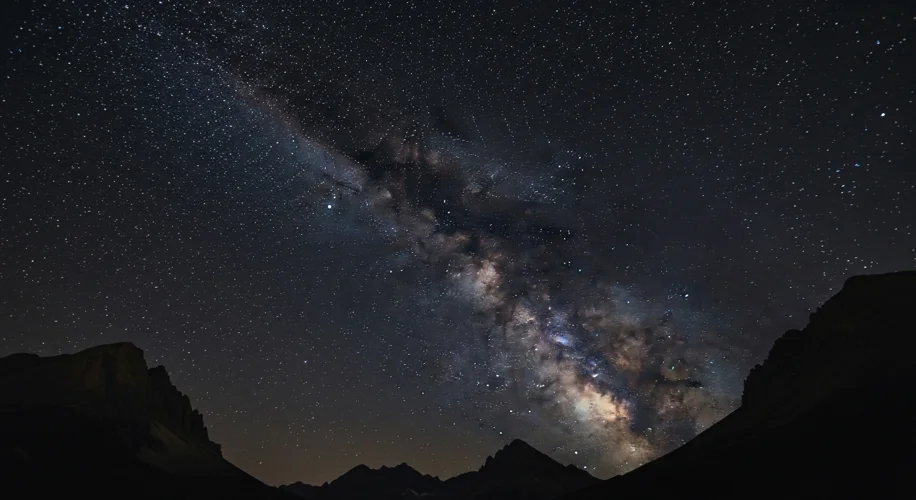As someone who spends a lot of time thinking about our atmosphere and how it works, I’ve always been fascinated by what we can see when it’s at its clearest. You know, when you step outside on a truly dark night, far from city lights, and the sky just explodes with stars? It’s incredible.
For us stargazers, there’s this thing called the Bortle Scale. It’s basically a way to measure how dark a night sky is. Think of it like a thermometer, but for darkness. It goes from 1 to 9, with 1 being the absolute darkest and 9 being the brightest, like right in the middle of a big city.
So, what makes a Bortle 1 sky so special?
Well, Bortle 1 skies are incredibly rare. You’re typically looking at remote, high-altitude locations, often national parks or wilderness areas, with absolutely no light pollution. On a night like that, you can see things that most people never even know are there. We’re talking about thousands of stars, the Milky Way stretching across the sky like a glowing river, faint nebulae, and even the Andromeda Galaxy visible as a fuzzy patch with the naked eye.
Did you know that the faintest stars visible to the naked eye are about magnitude 6.5 in a truly dark sky? In a Bortle 9 sky, you might be lucky to see magnitude 4. That’s a huge difference! It means seeing stars that are hundreds, even thousands, of times dimmer.
But is it worth the effort to find these dark sky locations? I think so. From a scientific perspective, observing the sky under Bortle 1 conditions offers a purity that’s hard to replicate. It allows instruments and even our own eyes to capture details that are simply washed out by artificial light.
Think about it: atmospheric clarity is key to good observation, whether you’re studying distant galaxies or just appreciating the cosmos. Light pollution doesn’t just hide stars; it also scatters light, creating haze that affects our view and can even impact ecological processes. The less light pollution, the clearer our window to the universe.
Many of us live in areas where light pollution is a constant. It’s easy to forget what a truly dark sky looks like. So, if you have the chance to travel to a designated dark sky park or a remote location, give it a try. Pack a blanket, maybe some hot cocoa, and just look up. You might be surprised by what you discover.
It’s a reminder of the vastness out there and the beauty of our planet’s natural darkness. And for an atmospheric scientist like me, it’s a beautiful display of a clear, unpolluted atmosphere at work.

